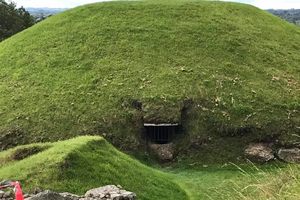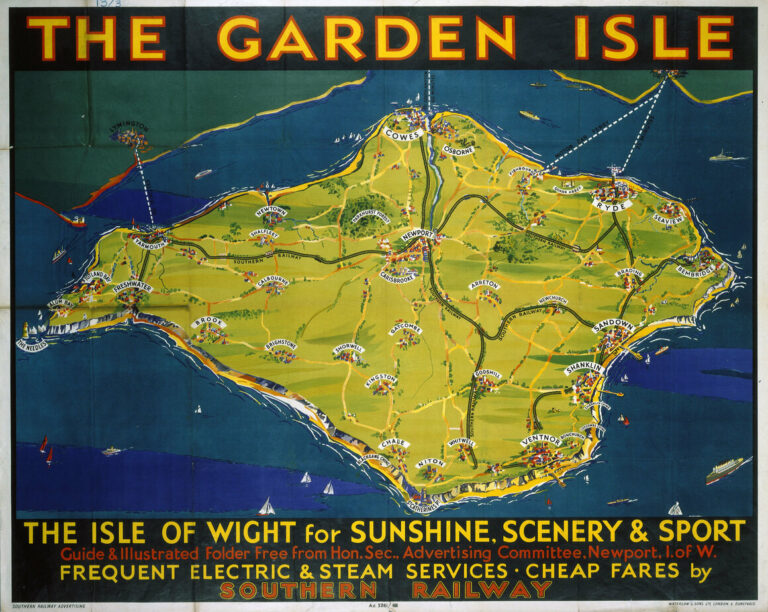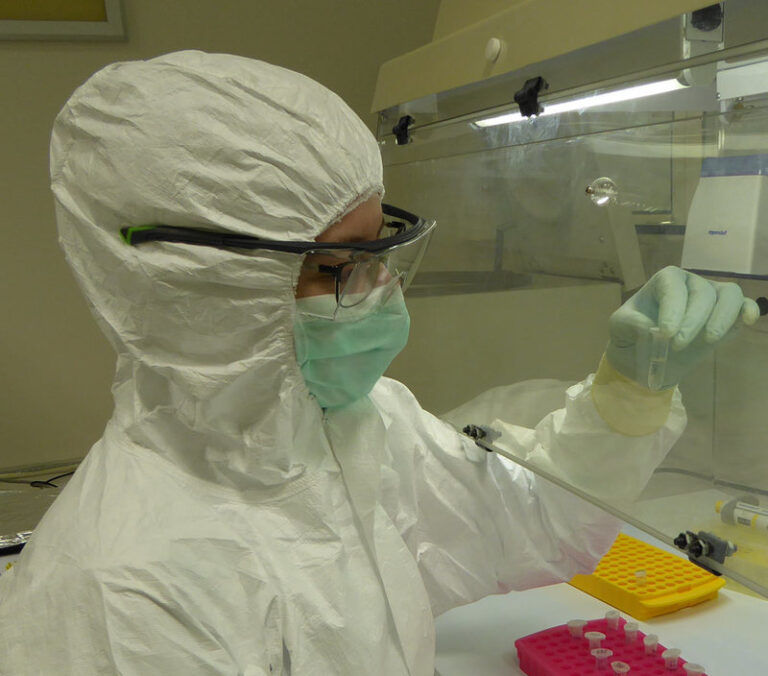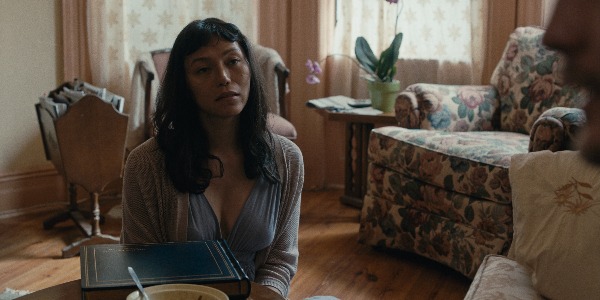Knowth in Drogheda, Ireland

Don’t head all the way out to Newgrange, Co. Meath without taking Knowth into account. Both these Neolithic passage tombs are located in the Boyne Valley, and comprise part of the Brú na Bóinne World Heritage Site. Constructed by local farmers in 3,200 BCE, the introduction of agriculture meant they could live at a location permanently. These types of settlements would have taken years to build.
Newgrange has a single chamber and three surrounding satellite tombs that have been restored. Even though Knowth isn’t restored, the central mound has one chamber on each side and there are 18 surrounding satellite tombs. Over 200 decorated megalithic stones were found during excavation. It’s actually home to one-third of the megalithic art found across Western Europe. The common motifs that were carved into these rocks include spirals, lozenges, and concentric circles.
These tombs were not just used as burial places, but were also centers of worship, with astrological, spiritual, religious, and ceremonial importance. This ancient civilization had strong religious beliefs surrounding the sun that each night when it was dark, the sun passed through the “dark region” of their ancestors. The two entrances at Knowth are set so the light of the rising and setting sun enters the tomb at the equinoxes on the 21st of March and 21st of September.
The Brú na Bóinne Visitors Centre is located on the south bank of the river. Visitors are taken out on a bus tour from this center to visit Newgrange and Knowth together. An exhibition inside the center gives visitors an idea of what life was like during the time these tombs were constructed, with life-sized copies of the main entrances.





